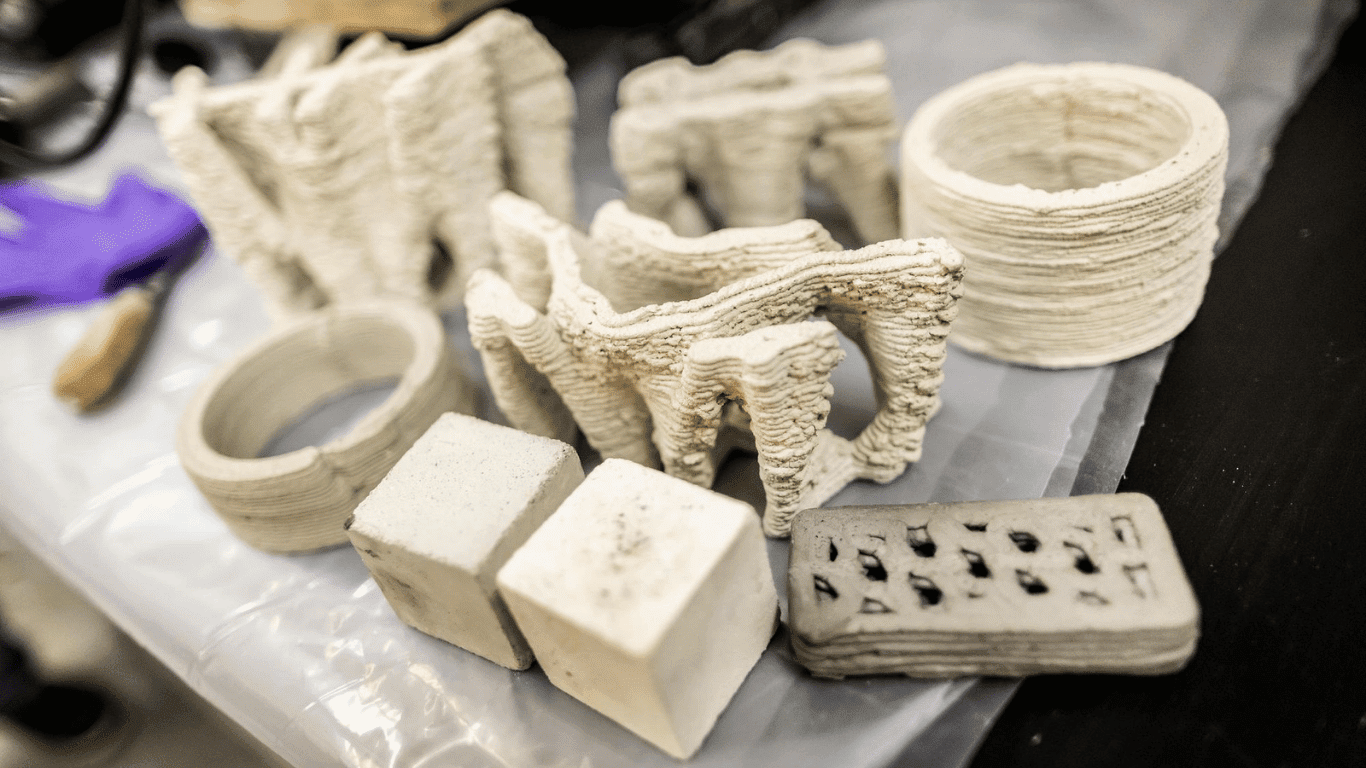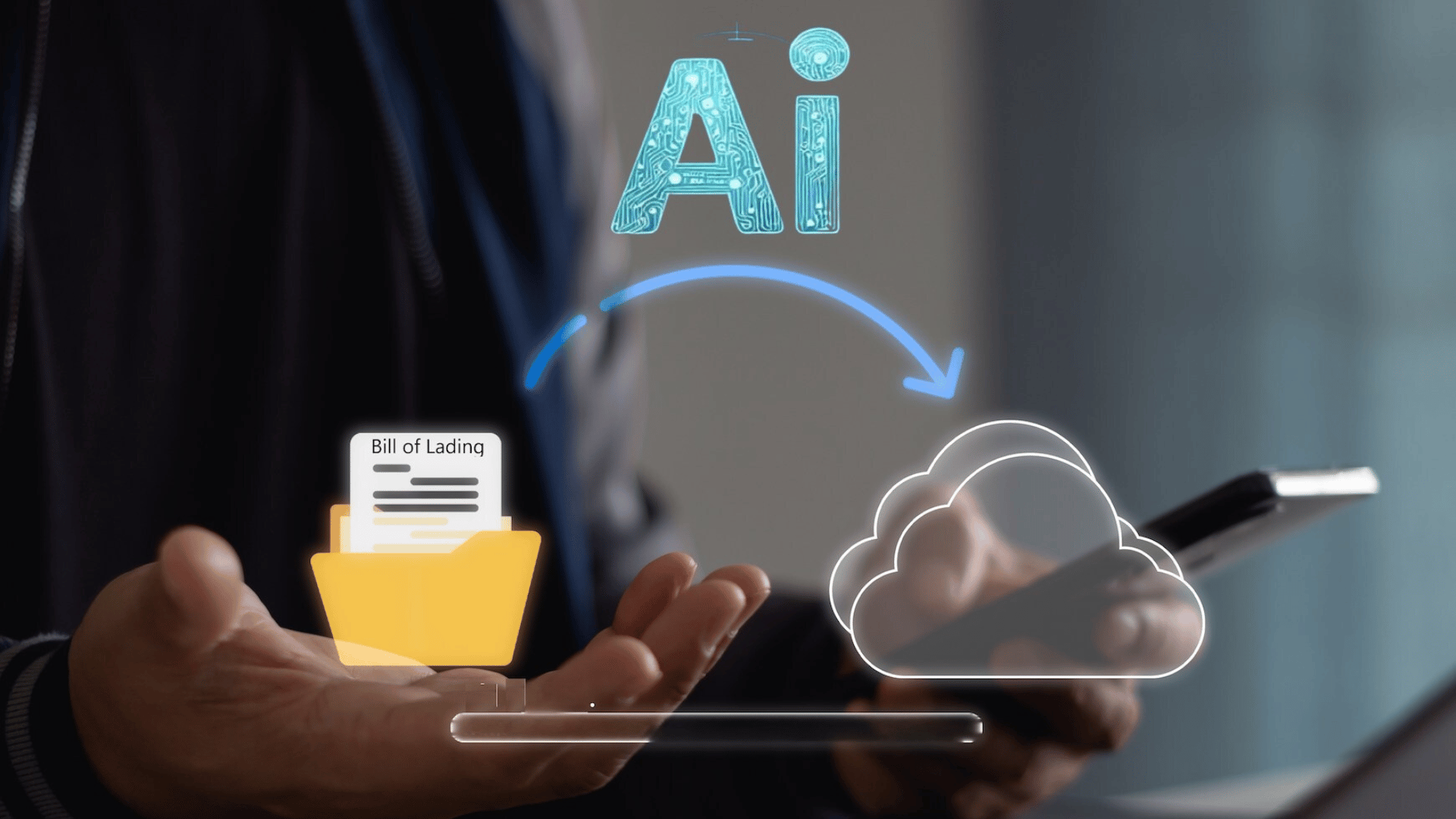The average American throws away 4.4 pounds of trash every single day; with about 333 million people living in the United States, that is roughly 735,000 tons of daily garbage! Even worse, about half of that trash goes directly to landfills across the country. These landfills pose many problems to the environment and the surrounding communities. Luckily, there are things that you can do to decrease your impact.
What is a landfill?
Landfills collect any unrecycled waste and contain both household and commercial waste. They are maintained, regulated, designed, operated, and monitored by the Environmental Protection Agency (EPA).
In the past, open dumps were used instead of landfills, leaking dangerous liquids into groundwater, attracting pests, presenting fire hazards, and more. Landfills replace these dumps; they accept waste and materials from haulers, layer it in an excavated hole in the ground, cover it with soil, and leave the waste to decompose. The EPA’s regulations address many issues that were present in the past, but there are still a large number of remaining problems that continue to affect the environment and the surrounding communities.
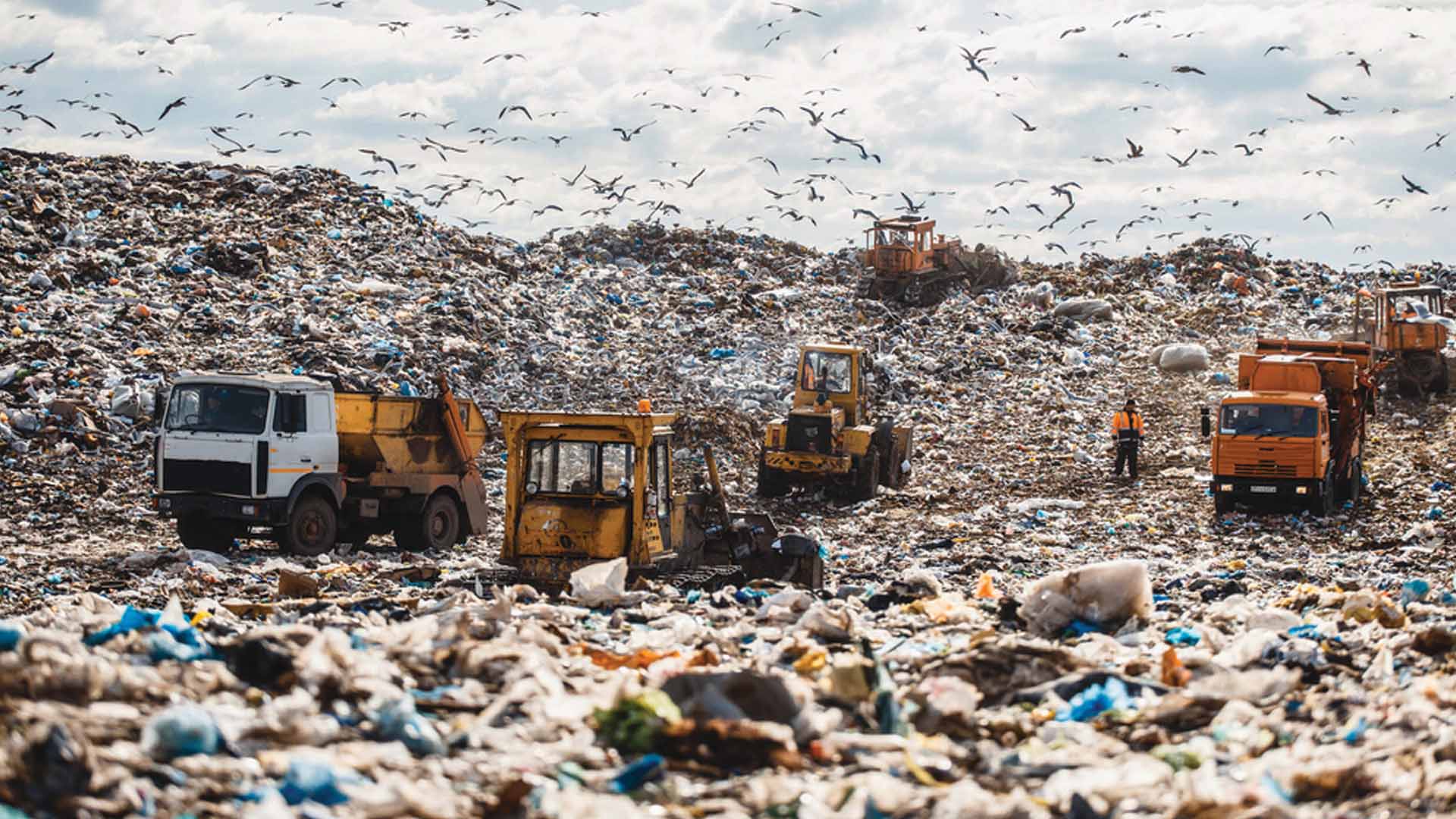
Why are landfills bad for the environment?
There are three main reasons that landfills are bad for the environment: toxins, leachate, and greenhouse gases. First of all, many materials in the landfill contain toxic substances. For example, electronic waste such as televisions and computers has many hazardous substances in them such as mercury, arsenic, acids, and lead. Over time, these toxins leach into the soil and groundwater, affecting the quality of the soil and drinking water in the area.
Next, leachate is a major concern. Leachate is the highly toxic liquid formed when waste breaks down in the landfill and water filters through the waste. Considering that the EPA stated in 1998 that all landfills will eventually leak, leachate is extremely worrying. This means that the toxic chemicals from the waste will eventually end up in the water supplies and affect the drinking water of the nearby community.
Furthermore, it takes around a year to fill each cell of a landfill, during which their contents are exposed to rainfall. This rainfall causes leachate. When regulated properly, leachate is collected and recirculated into the landfills to prevent contamination of the land and water. However, some leachate filters through the landfill and picks up more toxins.
Lastly, one of the biggest environmental threats posed by landfills is greenhouse gases. When organic material like food scraps is put in a landfill, it is compacted down and covered, removing the oxygen. This causes the material to break down in an anaerobic process which releases methane. Methane is a greenhouse gas that is about 86 times more potent than carbon dioxide, making it a major environmental threat to our climate. It is also a flammable gas that can become dangerous if it is able to build up in concentration.
The methane emissions from landfills in 2019 were about the same as greenhouse gas emissions from more than 21.6 million passenger vehicles driven for one year. If nothing changes, it is predicted that landfill sites will account for 10% of greenhouse gas emissions by 2025.
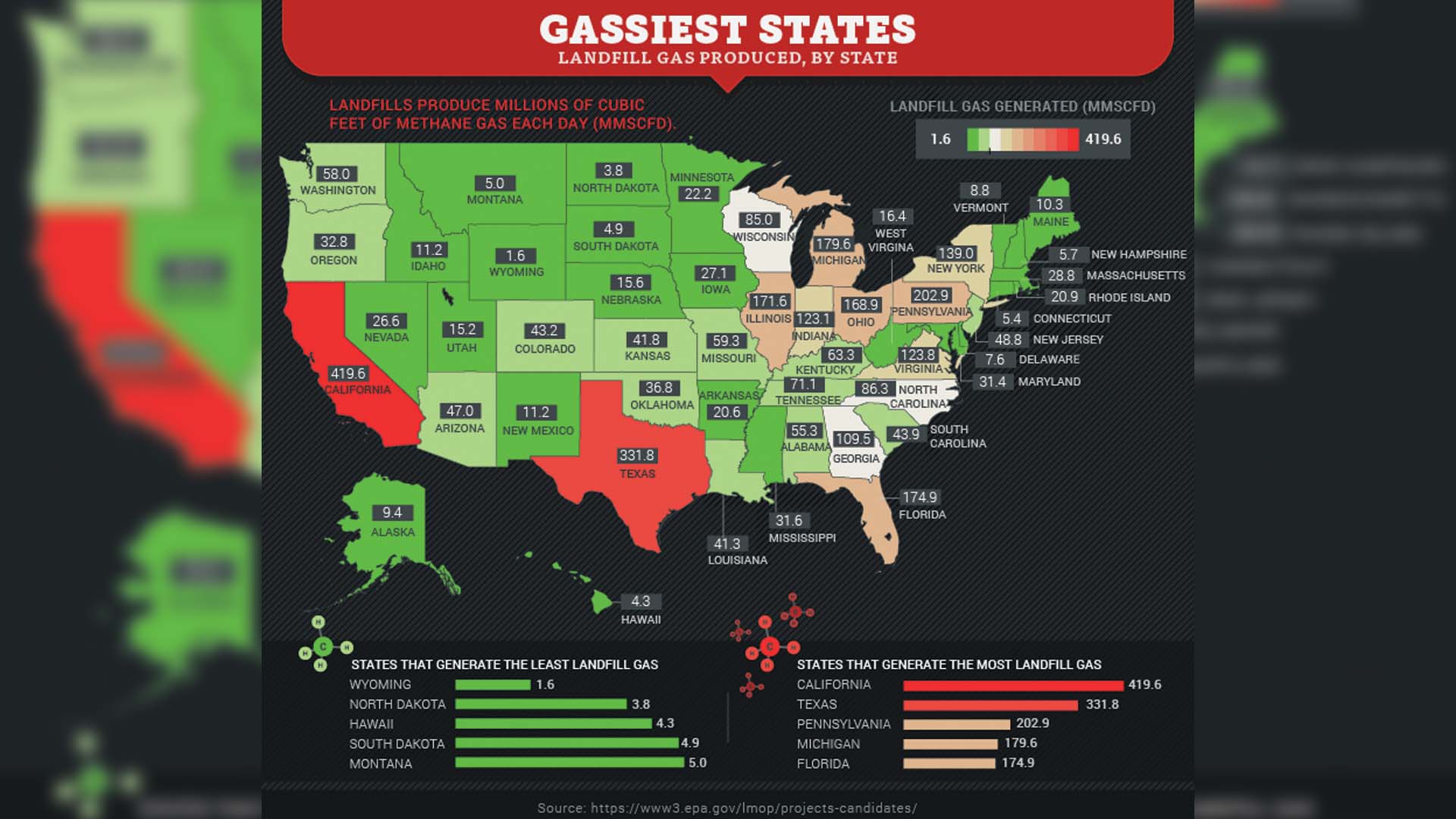
Photo Credit: Save On Energy
Why are landfills bad for the community?
In addition to damaging the environment, landfills are harmful to their nearby communities. As aforementioned, landfill sites can contaminate the soil and groundwater due to the toxins in the methane. Landfills also give off harmful gases that can permeate into the nearby area, damaging the health of residents. For example, a study found that there is a 12% increased risk of congenital malformations in children born to families that lived within a mile of a hazardous waste landfill site.
Additionally, landfills tend to give off bad smells, unpleasant views, and an increase in rats and bugs. All of these combined decrease the value of the nearby land and property. On average, large landfills decrease the value of the adjacent land by 12.9 percent, while small landfills decrease the land value by 2.5 percent. Historically, minority and low-income areas are more likely to live by a landfill, and these areas also tend to have fewer resources to oppose landfill placement than in higher-income communities. This further perpetuates the devaluation of disadvantaged communities.
Why do we need landfills?
Even with their issues, we need landfills. While we are figuring out ways to create a no-waste world, the fact remains that individuals and businesses still produce a great deal of waste each day, and this waste needs to be disposed of safely. Additionally, there are many materials that we haven’t figured out how to recycle yet, so the landfill is the safest place to dispose of these materials such as industrial residuals, sludges, and soils.
Some landfills are also beginning to be used for energy. They capture byproducts of the waste’s decomposition such as methane and convert them into a valuable alternative energy source. Typically, 85% of this gas is captured and powers a generator that provides electricity to about 10,000 homes.
NASA is even using landfill gas to fuel space exploration. They are heating 31 buildings at its Goddard Space Flight Center in Greenbelt, Maryland, with energy from landfill gas. Similarly, the Mars Snackfood US factory in Waco, TX—which makes 85 percent of the Snickers candy bars produced in North America—started fueling its boilers with methane from the Waco Regional Landfill.
Even though it is a step forward, using landfill gas power as energy is not very sustainable. When burned, methane produces carbon dioxide in the same way as oil and coal.
What is the solution to landfills?
As waste in America is as high as it is, landfills remain an unnecessary evil. However, that doesn’t mean that there aren’t many things individuals can do to reduce their impact on these negative effects. Some quick steps you can take are bringing reusable bags when you go shopping, buying in bulk whenever possible, and choosing reusable containers for packing meals.
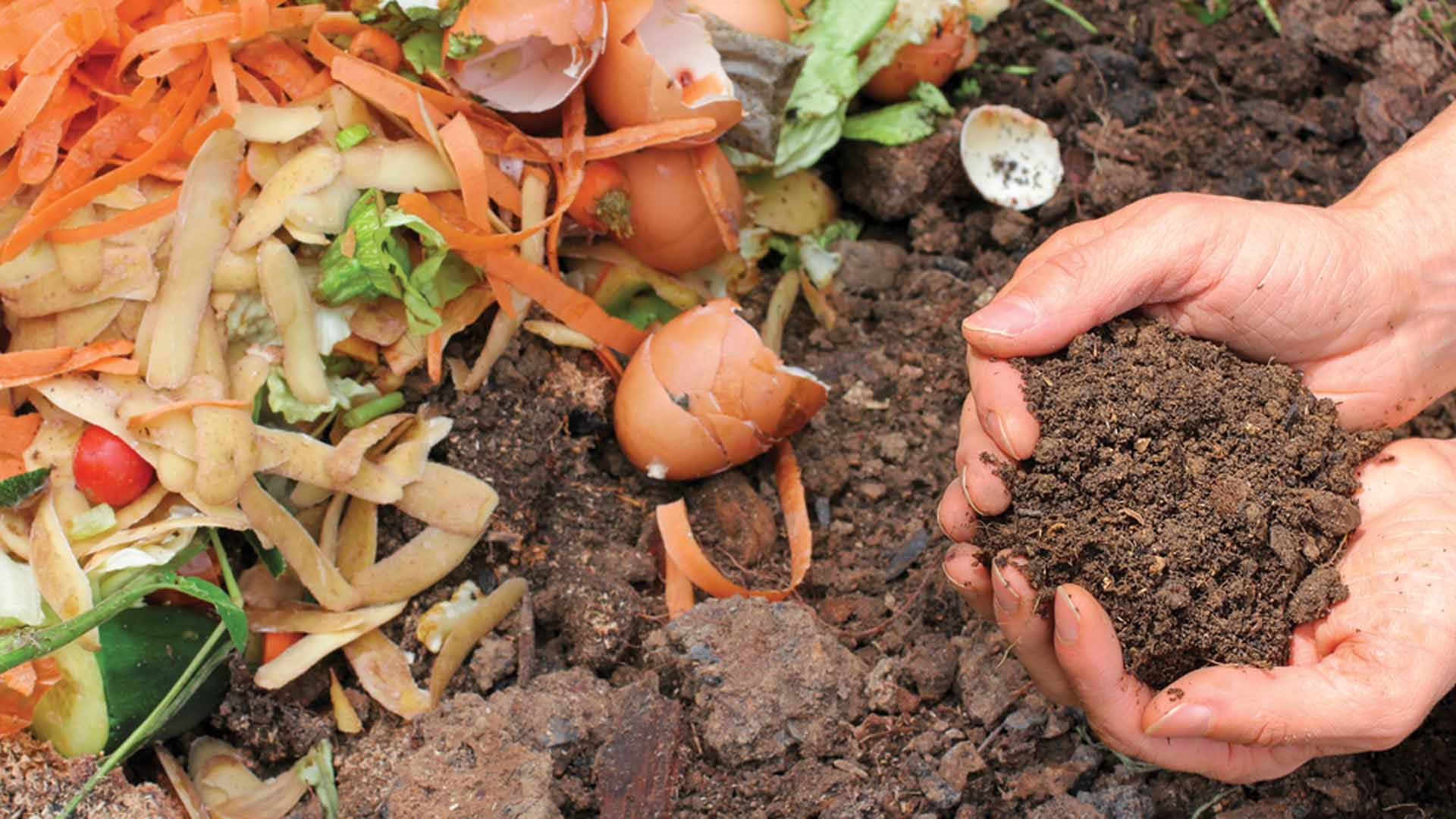
One of the biggest impacts you can have is by composting, which you can easily do on an individual or community scale. Composting is the natural process of recycling organic matter, such as food scraps and yard waste, into a valuable fertilizer that can be used in gardening, horticulture, and agriculture. The compost ecosystem provides the ideal environment for bacteria, fungi, and other composting organisms like worms to decompose organic material. A majority of the methane emanating from the landfills are food scraps that could have been composted instead. According to the EPA, food scraps and yard waste makeup about 30% of materials sent to landfills, and if applied on a large scale, composting could significantly reduce greenhouse gases.
Lastly, one of the best things you can do is recycle. While this seems obvious, the US still has never had a national recycling rate higher than 35%, compared to countries like Germany and Austria which recycle over 50% of their waste. In addition to your typical recyclables like paper and plastic, be sure to appropriately dispose of your electronics. The amount of electronic waste (e-waste) produced has increased every year. Worldwide, we currently generate about 50 million tons of it every year. That is equivalent to throwing out 1000 laptops every single second. When dumped in a landfill, e-waste is highly toxic, and its heavy metals and toxic chemicals pollute surrounding communities.
To prevent the landfills from filling up with more toxic materials from e-waste, recycle your electronics. There are many local facilities all across the world, and some electronics stores like Best Buy will accept your old equipment as well. These scraps have immense value, whether they are recycled into raw materials or reused into new electronics—you can even buy these recycled electronics with companies like Regency Technologies. Recycling your electronics appropriately is an easy way to prevent further damage in landfills.
To see how electronics get recycled, stream Tomorrow World Today’s “The Science Behind Electronics Recycling” on on SCIGo and Discovery GO!





